Thermal Furnaces in the Oil and Gas Industry
In the oil and gas industry, heating processes are crucial for efficient and safe operations. Industrial thermal furnaces are fundamental devices used to heat fluids, materials, and environments across a wide range of operations, from oil distillation to natural gas liquefaction. In this article, we’ll explore the importance of thermal furnaces in this sector, the most common types used, and the challenges associated with their design and management.
Role of Thermal Furnaces in the Oil and Gas Industry

Thermal furnaces are used in several processes within the oil and gas industry, including:
- Oil Distillation: In crude oil refining, thermal furnaces heat crude oil to separate its components through fractional distillation. This process is essential for producing a wide range of petroleum products, from motor fuel to lubricating oils.
- Thermal Cracking: This is a fundamental process for producing light fuel oil, gasoline, and other high-value petroleum products. Thermal furnaces heat hydrocarbons to high temperatures, breaking larger molecules into smaller, lighter ones.
- Natural Gas Liquefaction (LNG): In LNG processes, thermal furnaces are used to super-cool natural gas, transforming it from a gaseous to a liquid state for easier transport and storage.
- Drilling Fluid Heat Treatment: During oil and gas well drilling operations, drilling fluids may be heated to improve their rheological properties and optimize well performance.
Types of Thermal Furnaces Used
Various types of thermal furnaces are employed in the oil and gas industry, each designed to meet specific temperature, pressure, and volume requirements. Some of the most common types include:
- Direct-Fired Furnaces: These furnaces use fossil fuels like natural gas, fuel oil, or coal to generate direct heat through combustion. They are commonly used in high-temperature, high-pressure heating processes.
- Electric Furnaces: Electric furnaces use electrical resistances to generate heat by passing an electric current. They are particularly suited for applications requiring precise temperature control and high thermal purity.
- Induction Furnaces: These furnaces use alternating magnetic fields to generate heat within a conductive material. They are widely used for high-temperature, high-speed heating of metallic materials.
- Solar Furnaces: In climates with abundant solar radiation, solar furnaces can be used to heat fluids and materials by utilizing parabolic mirrors or solar collectors.
To discover our services, click here
Challenges and Considerations in Design and Management
La progettazione e la gestione dei forni termici nell’industria del petrolio e del gas presentano diverse The design and management of thermal furnaces in the oil and gas industry present several challenges and considerations, including:
- Energy Efficiency: Given the importance of environmental sustainability, it’s crucial to design thermal furnaces that maximize energy efficiency and minimize heat loss.
- Safety: Thermal furnaces operate at extremely high temperatures and can pose fire and explosion risks if not managed correctly. Therefore, adopting rigorous safety measures is essential to prevent accidents.
- Preventive Maintenance: Thermal furnaces require regular maintenance activities to ensure their proper functioning and prolong their useful life. Lack of maintenance can lead to sudden failures and unplanned operational interruptions.
- Regulatory Compliance: Thermal systems must comply with current environmental and safety regulations, requiring strict regulatory adherence and documentation of performance and emissions.
In conclusion, furnaces play a fundamental role in the oil and gas industry, enabling the heating of fluids and materials in a wide range of critical processes. However, to maximize operational safety and efficiency, it’s essential to design, manage, and maintain these devices with care and attention to detail.

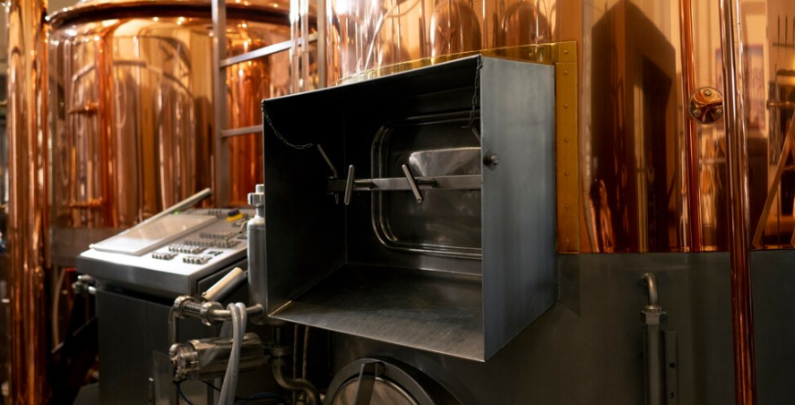
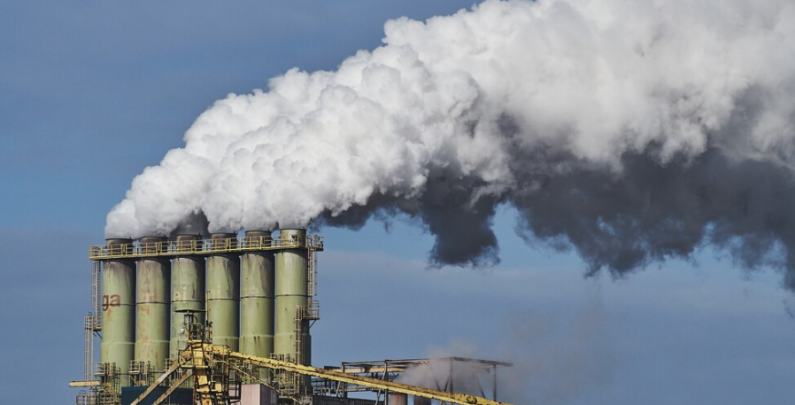
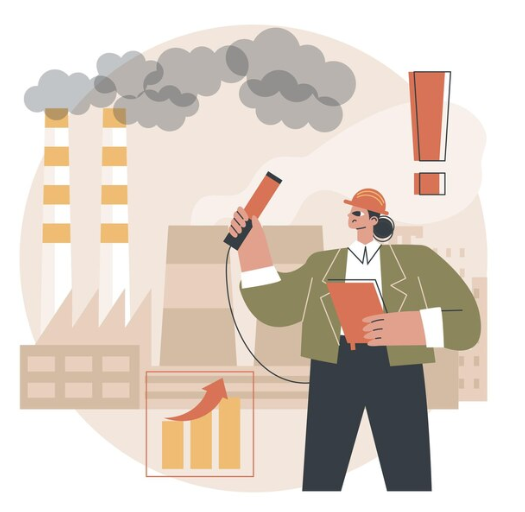
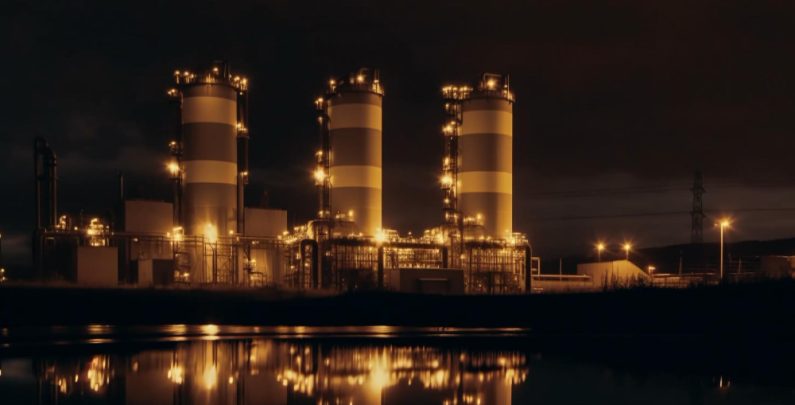
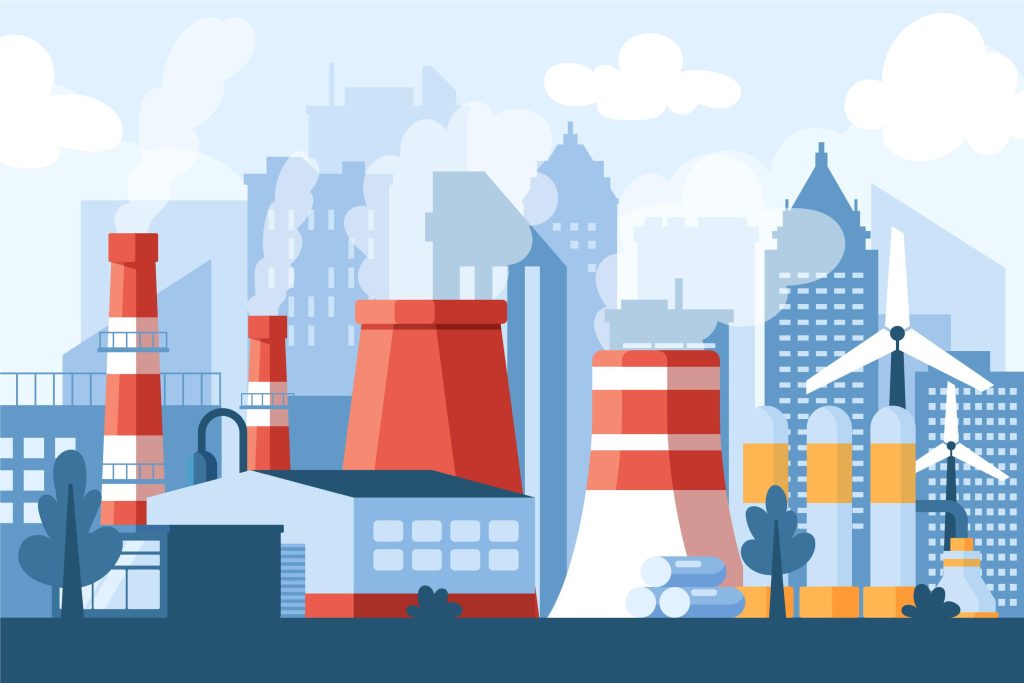
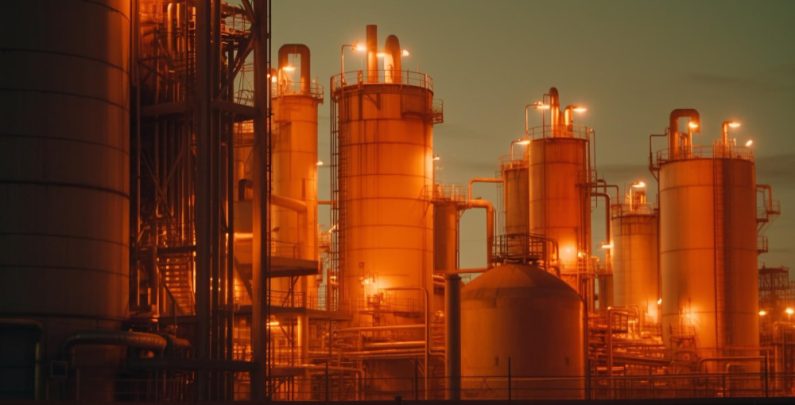

Recent Comments